-
main-collection-product-grid
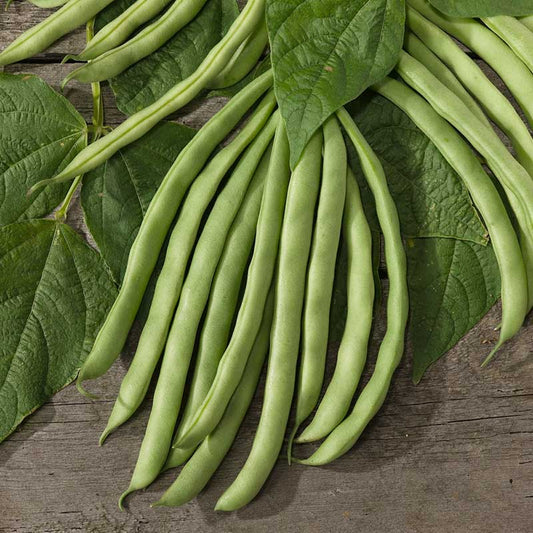
Bean Seeds (Bush) - Contender
Very tender bush bean that has excellent flavor and is very reliableBean Seeds (Bush) - Contender
Very tender bush bean that has excellent flavor and is very reliableRegular price As Low As $4.99Regular priceUnit price per -
main-collection-product-grid
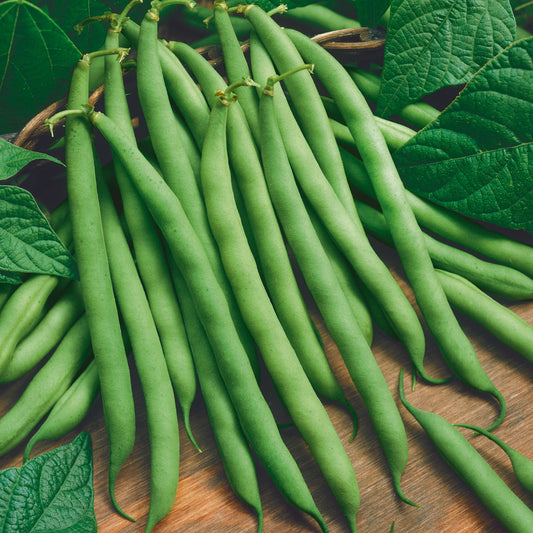
Bean Seeds (Bush) - Blue Lake 274
Crunchy and crisp bean popular with home gardenersBean Seeds (Bush) - Blue Lake 274
Crunchy and crisp bean popular with home gardenersRegular price As Low As $4.99Regular priceUnit price per -
main-collection-product-grid
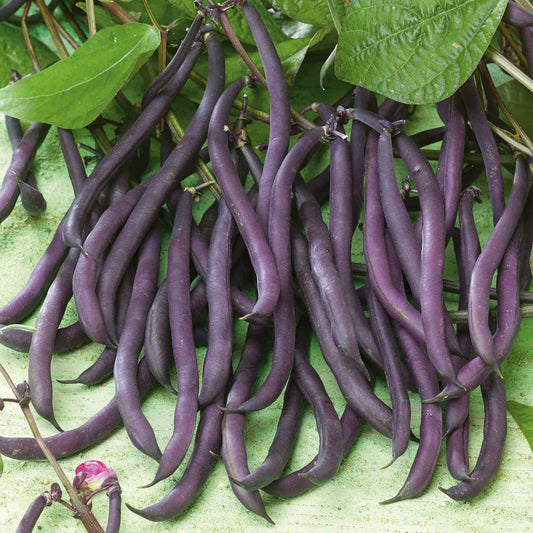
Bean Seeds (Bush) - Royal Burgundy
Rich colored bean that is extremely deliciousBean Seeds (Bush) - Royal Burgundy
Rich colored bean that is extremely deliciousRegular price As Low As $4.99Regular priceUnit price per -
main-collection-product-grid
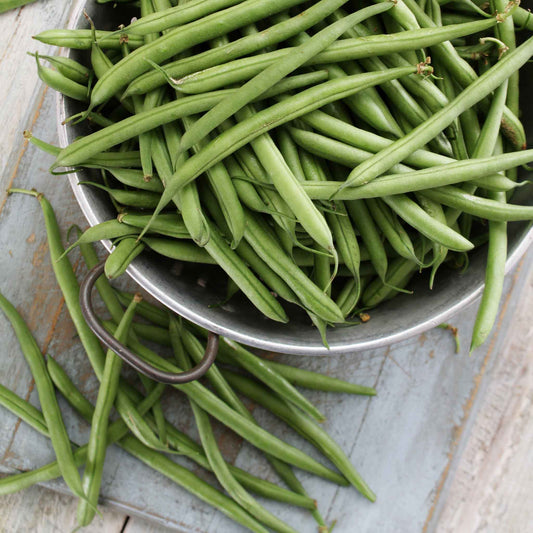
Bean Seeds (Bush) - Tenderette
Flavorful, stringless, high-bearing bean with a long harvest seasonBean Seeds (Bush) - Tenderette
Flavorful, stringless, high-bearing bean with a long harvest seasonRegular price As Low As $4.99Regular priceUnit price per -
main-collection-product-grid
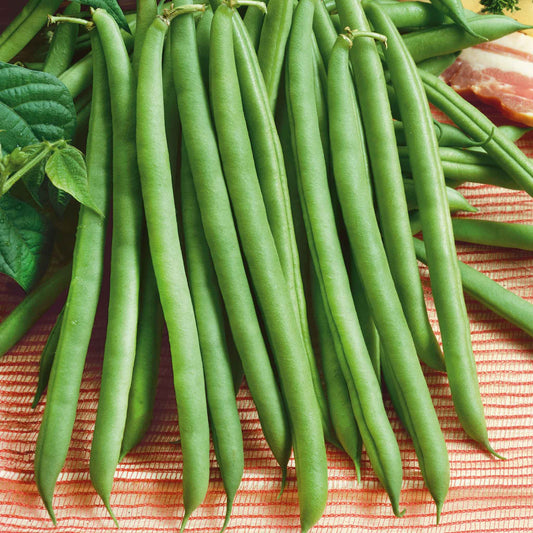
Bean Seeds (Bush) - Provider
Easy to establish and adapts well to diverse soilBean Seeds (Bush) - Provider
Easy to establish and adapts well to diverse soilRegular price As Low As $4.99Regular priceUnit price per -
main-collection-product-grid
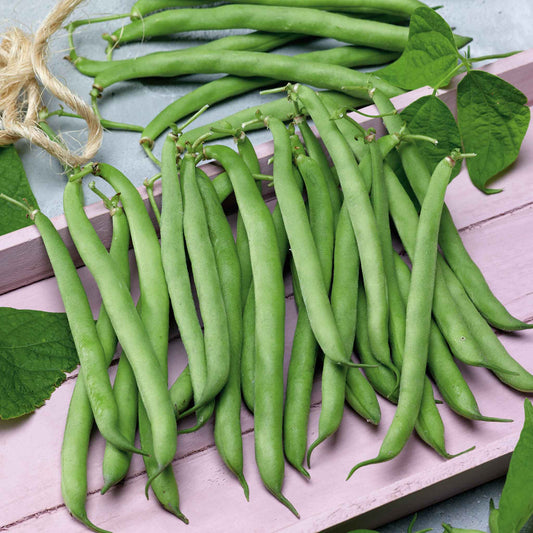
Bean Seeds (Bush) - Tendergreen
Heirloom since 1925, heavy yielding and heat tolerantBean Seeds (Bush) - Tendergreen
Heirloom since 1925, heavy yielding and heat tolerantRegular price As Low As $4.99Regular priceUnit price per -
main-collection-product-grid
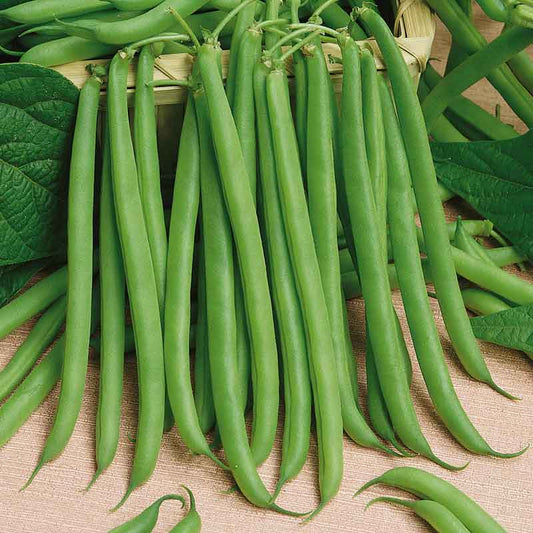
Bean Seeds (Bush) - Slenderette
Improvement on the Blue Lake that is unmatched by any beanBean Seeds (Bush) - Slenderette
Improvement on the Blue Lake that is unmatched by any beanRegular price $5.99Regular priceUnit price per -
main-collection-product-grid
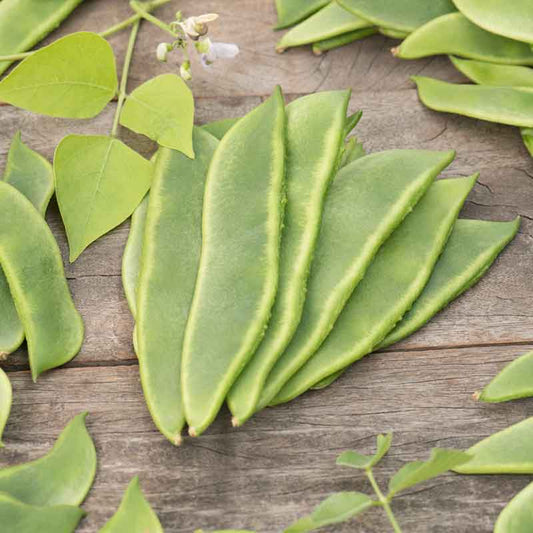
Bean Seeds (Bush Lima) - Fordhook 242
Adaptable in adverse conditions and great for freezingSaleBean Seeds (Bush Lima) - Fordhook 242
Adaptable in adverse conditions and great for freezingRegular price As Low As $4.99Regular priceUnit price per$45.49Sale price As Low As $4.99Sale -
main-collection-product-grid
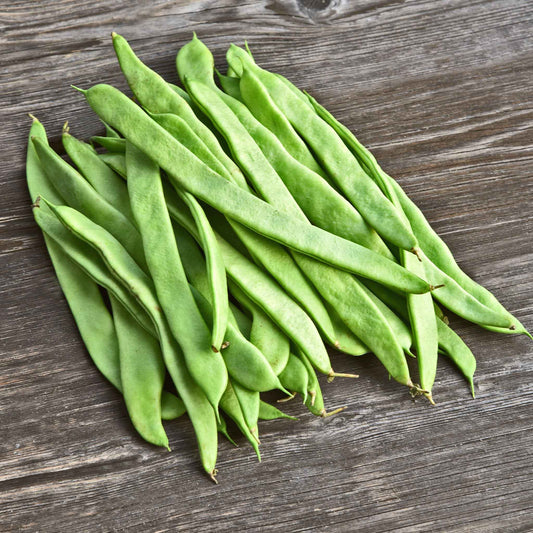
Bean Seeds (Bush) - Roma II
Dependable, high-yielding flat beanBean Seeds (Bush) - Roma II
Dependable, high-yielding flat beanRegular price As Low As $4.99Regular priceUnit price per -
main-collection-product-grid
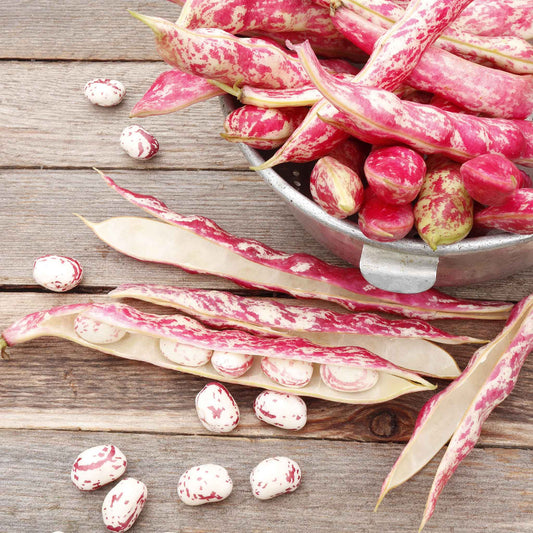
Bean Seeds (Bush) - Taylor Dwarf Horticultural
Classic bean with a long history; great in soups and chilisBean Seeds (Bush) - Taylor Dwarf Horticultural
Classic bean with a long history; great in soups and chilisRegular price As Low As $4.99Regular priceUnit price per -
main-collection-product-grid
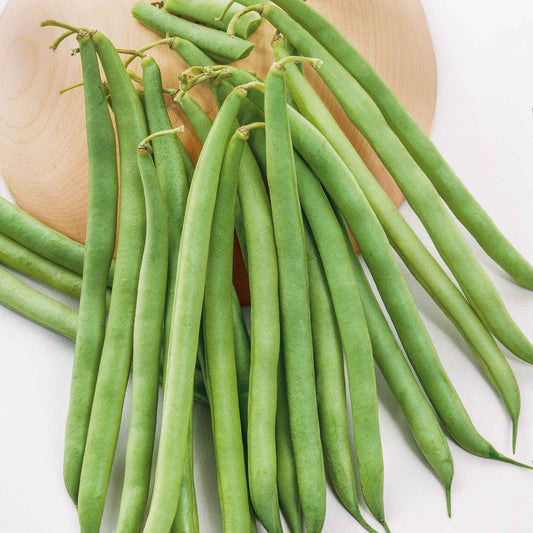
Bean Seeds (Bush) - Landreth Stringless
Very flavorful heirloom bean that produces high yieldsSaleBean Seeds (Bush) - Landreth Stringless
Very flavorful heirloom bean that produces high yieldsRegular price As Low As $4.99Regular priceUnit price per$45.49Sale price As Low As $4.99Sale -
main-collection-product-grid
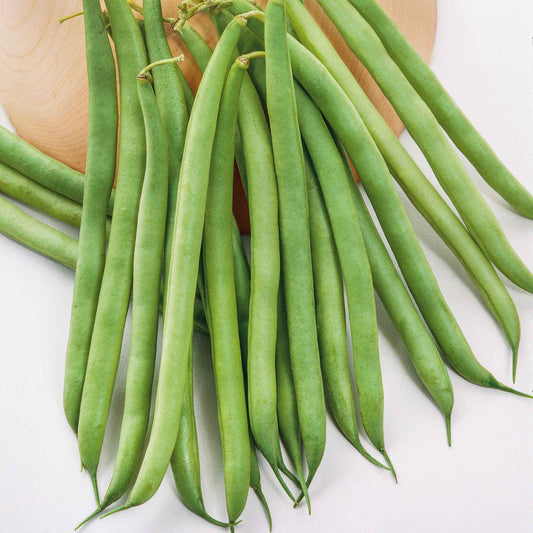
Bean Seeds (Bush) - Greencrop
Delicious bean that does not require trellisingBean Seeds (Bush) - Greencrop
Delicious bean that does not require trellisingRegular price As Low As $4.99Regular priceUnit price per -
main-collection-product-grid
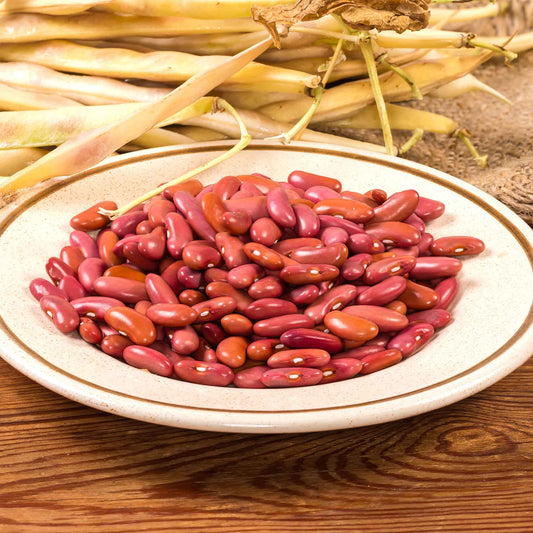
Bean Seeds (Organic) - Light Red Kidney
Traditional bean for salads, soups, and chiliBean Seeds (Organic) - Light Red Kidney
Traditional bean for salads, soups, and chiliRegular price As Low As $15.99Regular priceUnit price per -
main-collection-product-grid
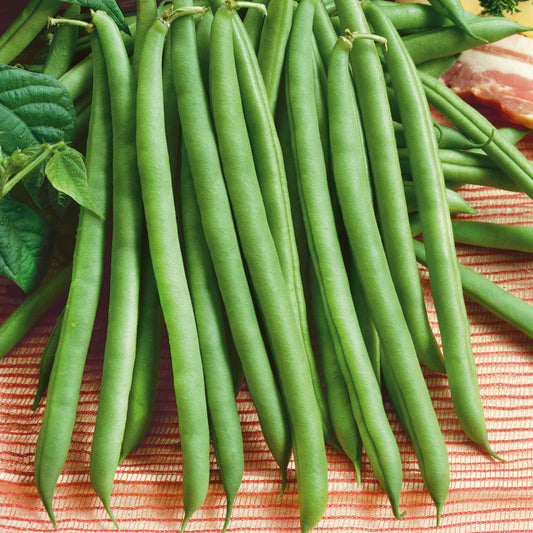
Bean Seeds (Organic - Bush) - Provider
Great bean to grow in a variety of soil typesBean Seeds (Organic - Bush) - Provider
Great bean to grow in a variety of soil typesRegular price $15.99Regular priceUnit price per -
main-collection-product-grid
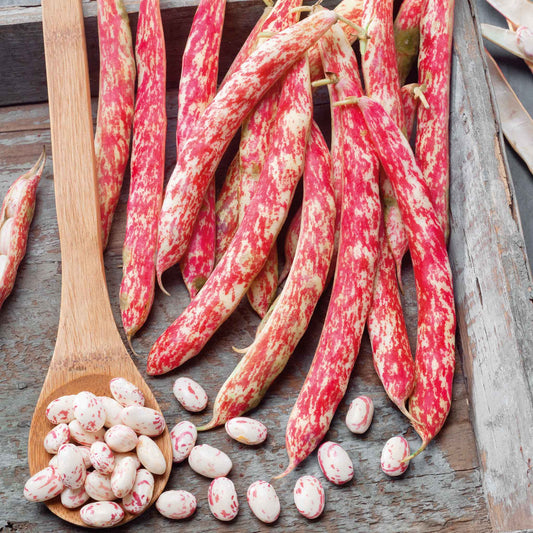
Bean Seeds (Bush) - Borlotto
Used fresh or dry, this vigorous bush produces red speckled beansOut of StockBean Seeds (Bush) - Borlotto
Used fresh or dry, this vigorous bush produces red speckled beansRegular price As Low As $9.99Regular priceUnit price per -
main-collection-product-grid
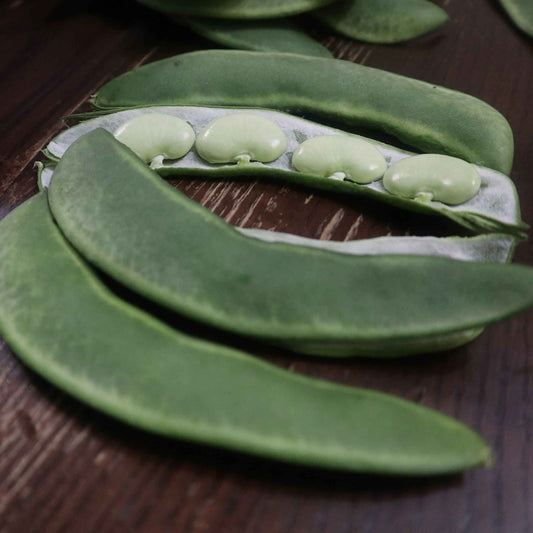
Bean Seeds (Bush Lima) - Burpee Improved
Produces high yields of larger than normal lima beansSaleBean Seeds (Bush Lima) - Burpee Improved
Produces high yields of larger than normal lima beansRegular price As Low As $4.99Regular priceUnit price per$13.99Sale price As Low As $4.99Sale -
main-collection-product-grid
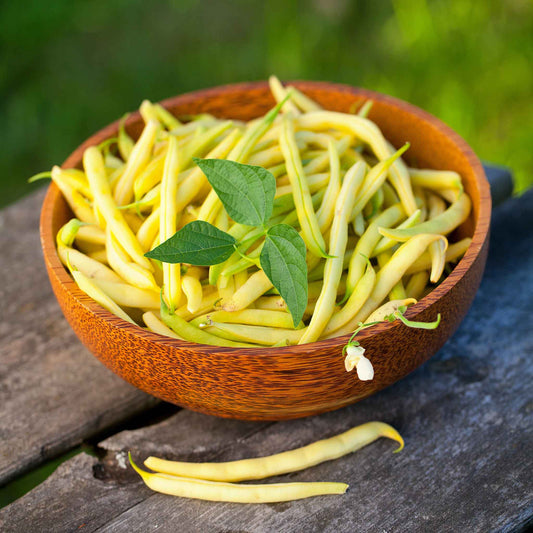
Bean Seeds (Organic) - Golden Wax
Home gardeners love this bean for canning and freezingBean Seeds (Organic) - Golden Wax
Home gardeners love this bean for canning and freezingRegular price $15.99Regular priceUnit price per -
main-collection-product-grid
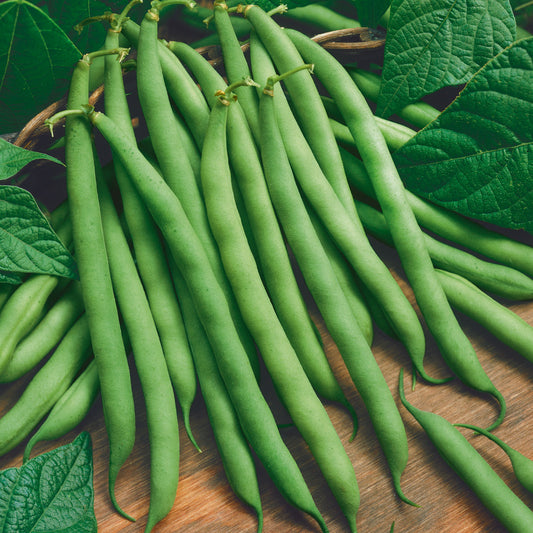
Bean Seeds (Organic) - Blue Lake 274
Produces over a long season with crisp and crunchy beansBean Seeds (Organic) - Blue Lake 274
Produces over a long season with crisp and crunchy beansRegular price $15.99Regular priceUnit price per -
main-collection-product-grid
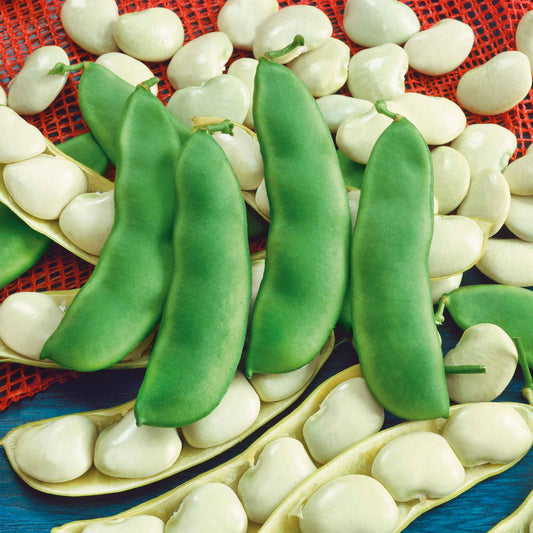
Bean Seeds (Bush Lima) - Early Thorogreen
Dwarf bush lima suitable in Northern statesSaleBean Seeds (Bush Lima) - Early Thorogreen
Dwarf bush lima suitable in Northern statesRegular price As Low As $4.99Regular priceUnit price per$45.49Sale price As Low As $4.99Sale -
main-collection-product-grid

Bean Seeds (Bush) - Tongue of Fire
This tasty bean is beautiful and great for freezing or canningOut of StockBean Seeds (Bush) - Tongue of Fire
This tasty bean is beautiful and great for freezing or canningRegular price $9.99Regular priceUnit price per -
main-collection-product-grid
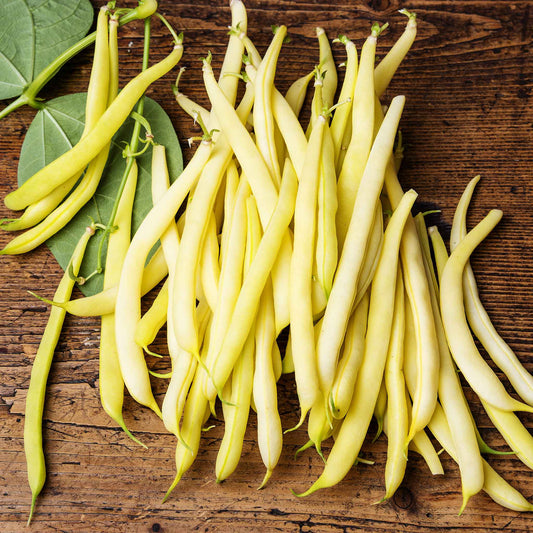
Bean Seeds (Bush) - Cherokee Wax
Great black bean that's easy to pick and excellent for cookingBean Seeds (Bush) - Cherokee Wax
Great black bean that's easy to pick and excellent for cookingRegular price As Low As $4.99Regular priceUnit price per -
main-collection-product-grid
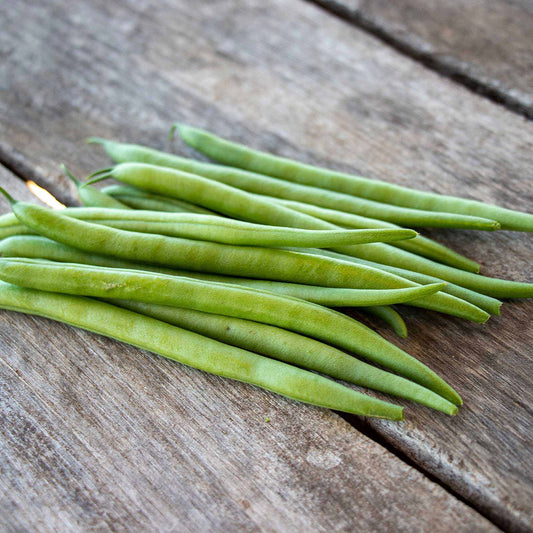
Bean Seeds (Bush) - Elegance
Early maturing classic green bean on bushy plantsSaleBean Seeds (Bush) - Elegance
Early maturing classic green bean on bushy plantsRegular price As Low As $4.99Regular priceUnit price per$11.99Sale price As Low As $4.99Sale -
main-collection-product-grid
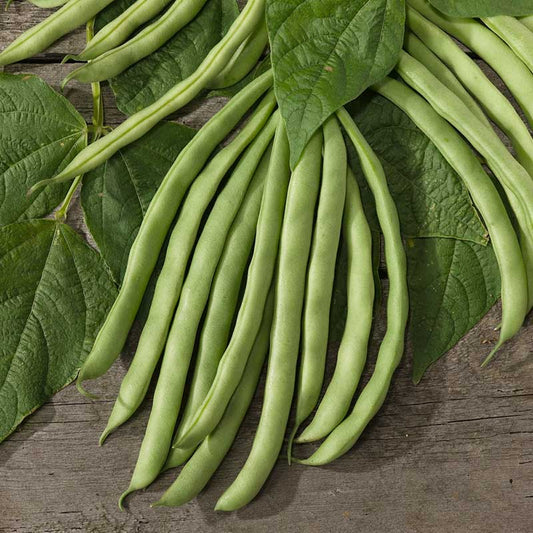
Bean Seeds (Organic) - Contender
Stringless bean that does well for canning or freezingBean Seeds (Organic) - Contender
Stringless bean that does well for canning or freezingRegular price $15.99Regular priceUnit price per -
main-collection-product-grid
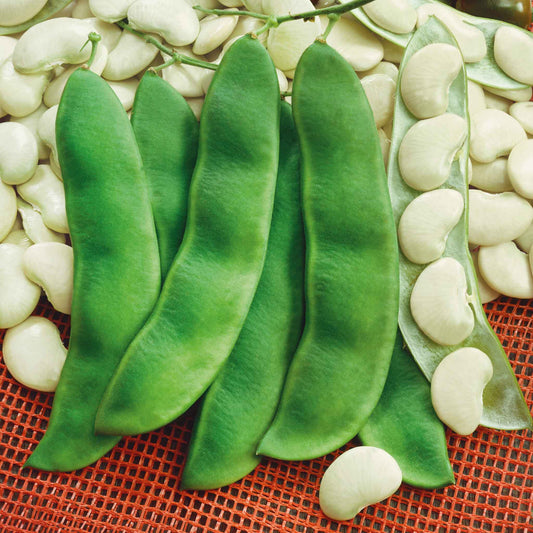
Bean Seeds (Bush Lima) - Henderson
Great smaller bean for cooking with a big tasteBean Seeds (Bush Lima) - Henderson
Great smaller bean for cooking with a big tasteRegular price $4.99Regular priceUnit price per
All about bush bean seeds
- 32 bush bean seed varieties
- Easy to grow annual vegetable
- Prefers full sun
- Direct seeded and great for beginners
Origins and Current Trends of Bush Beans
Bush Beans, scientifically known as Phaseolus vulgaris, are native to the Americas and have been used for thousands of years as a staple crop of indigenous people from those lands. All beans were originally climbing varieties but, over the last century, some have been bred to become bushy rather than vining for ease of maintenance and harvest for commercial purposes. Bush beans are easy to grow, now make a regular appearance in home vegetable gardens and are great for fresh eating, steaming, canning, and even drying. Bush bean varieties include snap, wax, string, lima, and kidney beans, among others.
Growing Conditions for Bush Beans
Bush beans have a stocky bush-like growth habit (hence the name) and prefer full sunlight. They will tolerate some shade but too much will result in decreased yields. They like well-drained soils and do best with consistent moisture, about one inch of water per week. Unlike pole beans, bush beans do not require a trellis for climbing.
How do you grow bush beans from seed?
Bush beans do best when direct seeded in the garden, although they can be started indoors in small containers under lights if desired. If starting seeds indoors, be sure to monitor their growth closely and transplant them out as soon as possible; seedlings that become rootbound may suffer stunting. It is recommended to seed directly in loosely worked soil after the risk of frost has passed outdoors. Bush bean seeds do best in soil temperatures of 60°F or higher. Seeds are large and should be buried at twice the depth of their diameter, usually about one inch deep. Plant in rows at three inch in-row spacing and 18 to 24 inches between rows. They can also be planted into containers as long as the soil depth is at least eight inches. One pot can handle multiple bush bean plants seeded in a cluster with seeds at three to five inch spacing.
Fertility and Harvest
Bush beans are “light feeders” and do not require much supplemental fertility throughout the season. Preparing soil with balanced compost or aged manure ahead of planting should provide more than enough nutrients for their growth period. Avoid commercial fertilizers with high nitrogen content. Bush beans fix their own nitrogen from the environment and if given too much supplemental nitrogen will produce excess vegetative growth resulting in lower yields. Depending on varietal type, bush beans can be harvested young (50 to 60 days) for fresh eating or be left to dry. After drying, pods can be discarded and beans stored through the winter.
For more information about planting, growing, and caring for bush bean seeds, see the Bush Bean Planting Guide.























